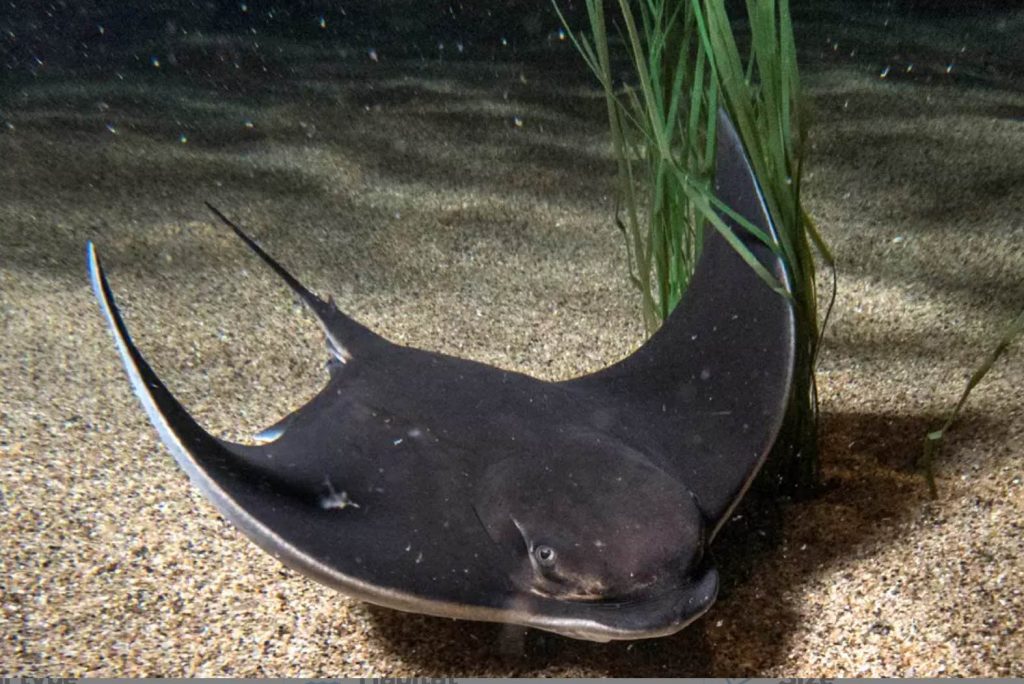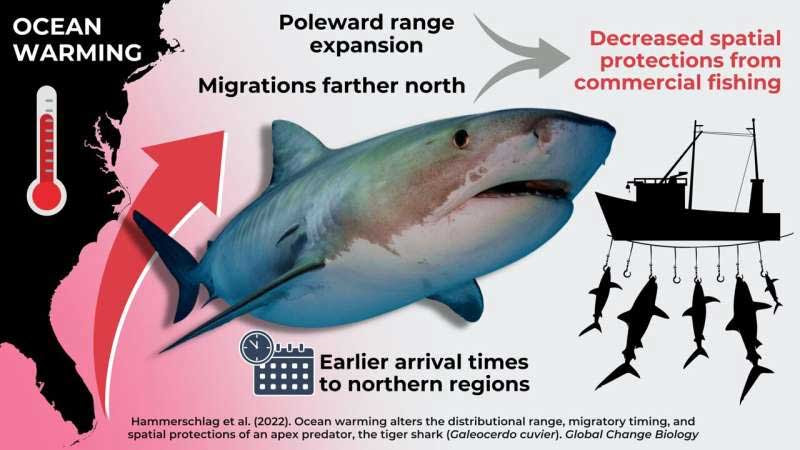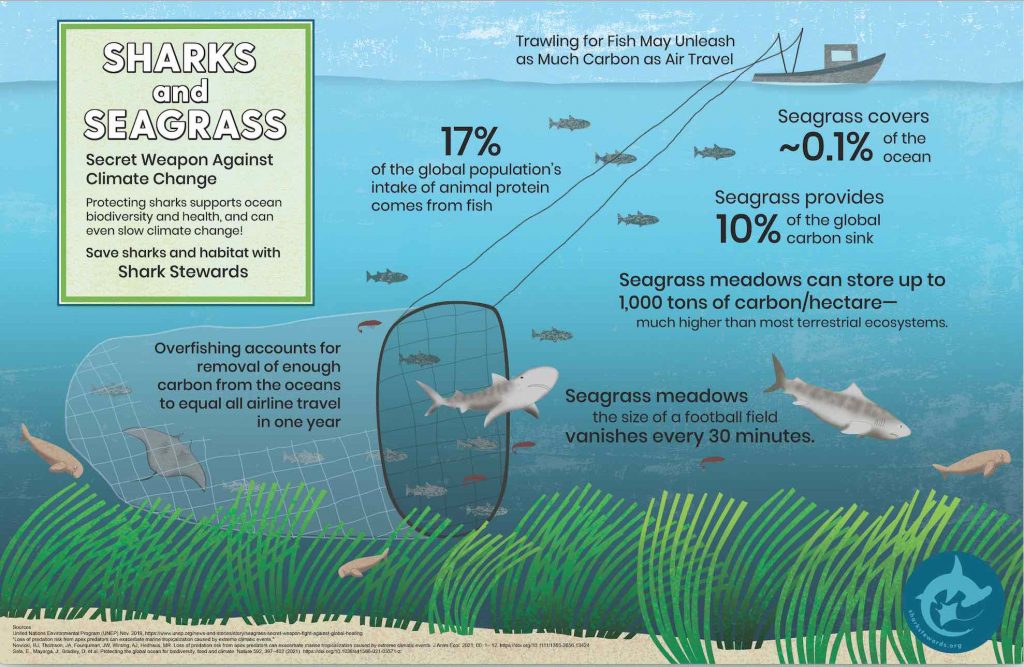March is international seagrass month, and in recognition of this undersung and critically important marine plant we are focusing on seagrasses, and the integral part that sharks and rays can play together to combat climate change through regulating this critical marine habitat.
What is Seagrass?
Seagrasses are plants that live in shallow sheltered areas in temperate and tropical waters. These sensitive plants are different from seaweed (an algae) by forming flowers, having bright green blades, or leaves and a root (or rhizomal) networks that can form large, dense undersea meadows. Like coral reefs and rainforests, these underwater seabeds host complex communities of diverse species of invertebrates, plants, microbes and fish. Like rainforests and coral reefs, these productive ecosystems are also extremely threatened from human impacts. A 2009 study by an international team of scientists found that 29 percent of known seagrass meadows have disappeared since 1879. Over the entire 130-year period, seagrass was lost at a rate of 1.5 percent per year. Protecting what is left is critical.
Although seagrasses cover less than 0.2% of the seafloor globally, seagrasses absorb 10-18 % of the ocean’s carbon each year, making restoration an important tool in the fight against climate change.
- Seagrass captures carbon up to 35 times faster than tropical rainforests, mangroves and coastal wetlands.
- Seagrass meadows provide food and habitat for thousands of species such as larval fishes, shellfish, seahorses, marine mammals, and sea turtles.
- Over 30 times more animals live within seagrass compared to sandy habitat. Seagrass meadows support these diverse marine communities as well as human livelihoods.
- Seagrasses provide vital nutrition for almost 3 billion people, and half of the animal protein to 400 million people in developing nations.
- Seagrass meadows are believed to be the third-most valuable ecosystem in the world after estuaries and wetlands.
- About 2½ acres of seagrass (roughly the size of two football fields) provides habitat, erosion control, and other benefits with an estimated value of nearly $29,000 a year.
- A single acre of seagrass can support nearly 40,000 fish and 50 million small invertebrates, such as lobsters and shrimp.
Seagrass is declining globally, including a loss of 99% in the San Francisco Bay due to dredging, fill, sedimentation and habitat loss. Restoration of new areas and protection of existing beds will increase habitat, mitigate climate change impacts and even help sharks and rays survive!

A major impact to seagrass beds globally are habitat loss, pollution, siltation, and dredging. The most emergent threat is climate change, causing bleaching and even killing beds in the warm shallow waters seagrasses inhabit. Exacerbated by greenhouse gas emissions, climate change creates rising ocean temperature events causing coral reef bleaching, and also impacting the shallow bays and coastal region where seagrasses flourish. Climate change is rapidly altering the marine environment globally. Species in all marine ecosystems are facing the threats of a changing environment, including sharks. Sharks are integral to the health of ocean food chains and many sharks and rays benefit from the ecosystem services seagrasses provide, and in turn can help those communities thrive. As apex predators, shark maintain the balance of trophic levels (feeding) in marine ecosystems and regulate the balance and health of prey species.
For a number of reasons, rising ocean temperatures and climate change also impact the range and livelihood of reef sharks and the coral reefs they depend on. Warm water events in the North Pacific have caused a decline in prey species and massive bleaching of corals in the central Pacific, including the great Barrier Reef. Coral reefs host the highest biological diversity, including numerous species of sharks and rays. Coral provides habitat for small reef fish, such as tangs and damsels which serve as a food source for larger species, such as groupers, which in turn, provide food for sharks. Without sharks, the larger fish will consume the algae grazers and allow algae to overgrow the coral. Eventually the entire system will collapse with a decline in abundance and species diversity. This is one example of the consequences marine ecosystems face without sharks.

Rising temperatures are also leading to a change in the migration patterns for a number of shark species. In western Australia, Southern sharks and their relatives are likely to compete with and be ‘pushed out’ by tropical species, such as bull and tiger sharks, as they migrate southwards into increasingly warmer waters. Towards the equator, the geographical range of the reef shark have shifted and overlap causing hybridization. In the northwestern Atlantic a 2022 study off the coast of Florida reported tiger sharks moving further north than ever recorded. In turn, they are moving out of protected waters and into areas where they are being caught as bycatch by commercial fishermen. Seagrass, and especially coral cannot react as quickly as mobile species like sharks and rays, and are being left behind in warmer, less hospitable waters. Seagrasses may also help mitigate the impacts of climate change. A study published in the journal Global Change Biology finds that sea grass forests can raise pH levels in coastal waters. As they perform photosynthesis, they remove carbon dioxide from the water, counteracting the acidifying effect of the gas.
The Australia Institute of Marine Sciences conducted the first ever global survey of reef sharks, revealing a widespread decline in populations they studied. Their results published in 2020 showed reef sharks are functionally extinct on many coral reefs, primarily dueto overfishing. Studies show that the removal of sharks from reef ecosystems create a trophic cascade in coral reefs and seagrass ecosystems. In the latter, some smaller herbivorous fish, like the striped trumpeter, eat seagrasses, which are in turn eaten by dolphins, which switch where they forage when sharks are around.
Sharks help regulate trophic levels and maintain ecosystem stability. The results suggest that tiger sharks affect seagrass beds through both trophic pathways and seagrass beds. A study in Shark’s Bay, Western Australia, revealed that seagrass beds are less disturbed, or even denuded by dugongs and sea turtles, By distributing these grazers that forage on seagrass, the sharks in turn help increase eelgrass density and carbon fixation. Thus, these predators protect and enhance blue carbon by limiting grazing on seagrass meadows, particularly those affected by warming sea temperatures.

Protecting these ocean predators and restoring critical seagrass and reef habitat can nurture intact ecosystems, and may just help mitigate the impacts caused by climate change.
Help keep these articles free and save sharks.
References
Fourqurean, J. W., Kendrick, G. A., Collins, L. S., Chambers, R. M., and Vanderklift, M. A. (2012b). Carbon, nitrogen and phosphorus storage in subtropical seagrass meadows: examples from Florida Bay and Shark Bay. Mar. Freshw. Res. 63, 967–983.
Waycot et al 2009 Accelerating loss of seagrasses across the globe threatens coastal ecosystems PNAS | 106 (30) | https://doi.org/10.1073/pnas.0905620106
Chin et al (2010) An integrated risk assessment for climate change: Analysing the vulnerability of sharks and rays on Australia’s Great Barrier Reef July 2010 Global Change Biology 16(7):1936 – 1953
P.L. Reynolds, “Seagrass and Seagrass Beds,” Smithsonian Institution,https://ocean.si.edu/ocean-life/plants-algae/seagrass-and-seagrass-beds
Ibid.; R. Costanza et al., “Changes in the Global Value of Ecosystem Services,” Global Environmental Change 26 (2014): 152-58, http://dx.doi.org/10.1016/j.gloenvcha.2014.04.002.
Hammerschlag et al 2022 Ocean warming alters the distributional range, migratory timing, and spatial protections of an apex predator, the tiger shark (Galeocerdo cuvier)” Global Change Biology.
Heithaus, M. R., A. J. Wirsing, and L. M. Dill. 2012. The ecological importance of intact top predator populations: a synthesis of 15 years of research in a seagrass ecosystem. Marine and Freshwater Research 63: 1039-1050.
Heithaus, M. R., Habitat use and foraging behavior of tiger sharks (Galeocerdo cuvier) in a seagrass ecosystem 2002 Marine Biology 140(2):237-248
Nowicki et al 2021 Loss of predation risk from apex predators can exacerbate marine tropicalization caused by extreme climatic events Journal Animal Ecology 23 February 2021 https://doi.org/10.1111/1365-2656.13424
Morgan, J.,et al. (2011). Detection of interspecies hybridisation in Chondrichthyes: hybrids and hybrid offspring between Australian (Carcharhinus tilstoni) and common (C. limbatus) blacktip shark found in an Australian fishery Conservation Genetics DOI: 10.1007/s10592-011-0298-6
Meekean M. 2020 Global status and conservation potential of reef sharks
Journal: Nature DOI: 10.1038/s41586-020-2519-y
Ricart A, M. (2021) Coast-wide evidence of low pH amelioration by seagrass ecosystems, Global Change Biology https://doi.org/10.1111/gcb.15594
Learn more about seagrasses at https://www.projectseagrass.org/why-seagrass/